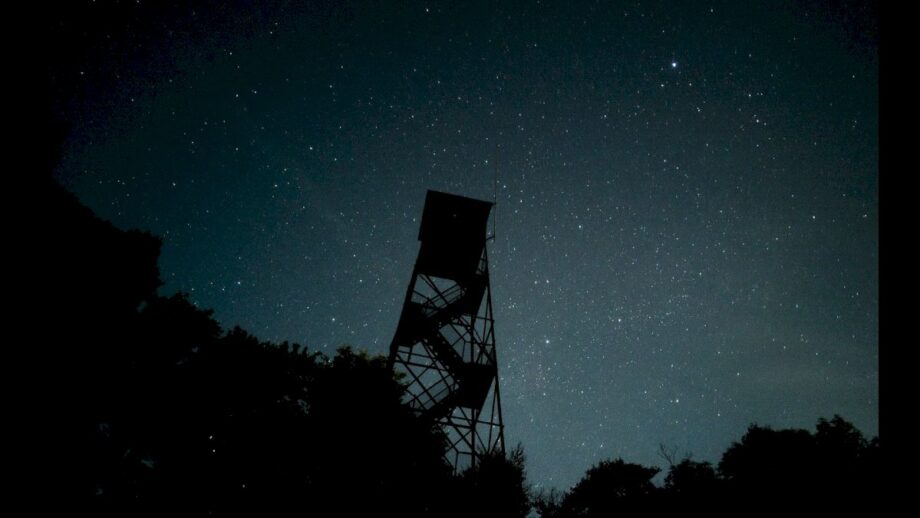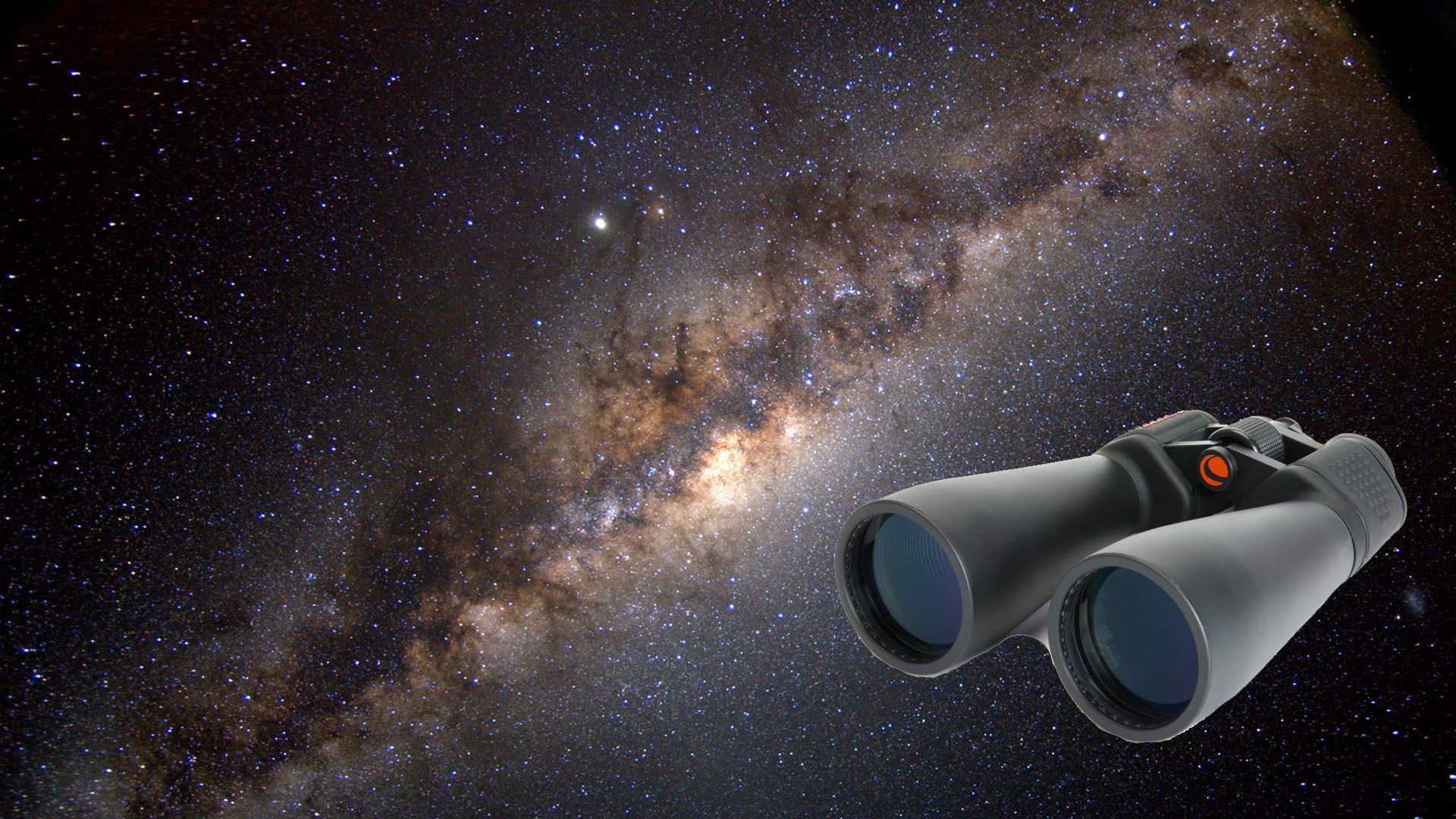Quick Links
If you’re going stargazing, there are a handful of things you should bring with you or keep in mind. It doesn’t matter if you’re just using your eyes, binoculars, or a telescope, they always hold.
Let Your Eyes Adjust
When you step into the dark, your pupils dilate to allow more light in, and a chemical race sets off in your eyes.
Night vision relies on a type of photoreceptor in your eye called a rod, while cones (a different kind of photoreceptor) provide detailed color vision.
Rods use a protein called rhodopsin to work. As soon as you’re in the dark, rhodopsin starts to build up, allowing the rods to function. However, the process isn’t instantaneous. It takes at least 20 minutes for your eyes to produce as much rhodopsin as they need to maximize your color vision, and it could even be longer.
Stay Away From White, Blue, or Green Light
Everyone has seen the pictures of astronomers using red flashlights instead of white, green, or blue, but that isn’t just tradition.
Rhodopsin, the protein in your eyes responsible for enabling your night vision, is aggressively broken down by green-blue light. No rhodopsin, no night vision, and no spectacular views of the night sky.
Use the reddest light you can get your hands on. You can buy specialized dimmable astronomy lights that produce deep red light, but less expensive generic red lights will be better than nothing.
Use Averted Vision for Better Viewing
In day to day life, when you want to see something, you look directly at it. That is because the center of your vision is handled primarily by cones, which are “designed” to be sensitive to color and detail.
Stargazing is different. Because your night vision is mostly enabled by rods rather than cones, the center of your vision isn’t actually all that good at picking out faint objects in deep space, like the Andromeda galaxy.
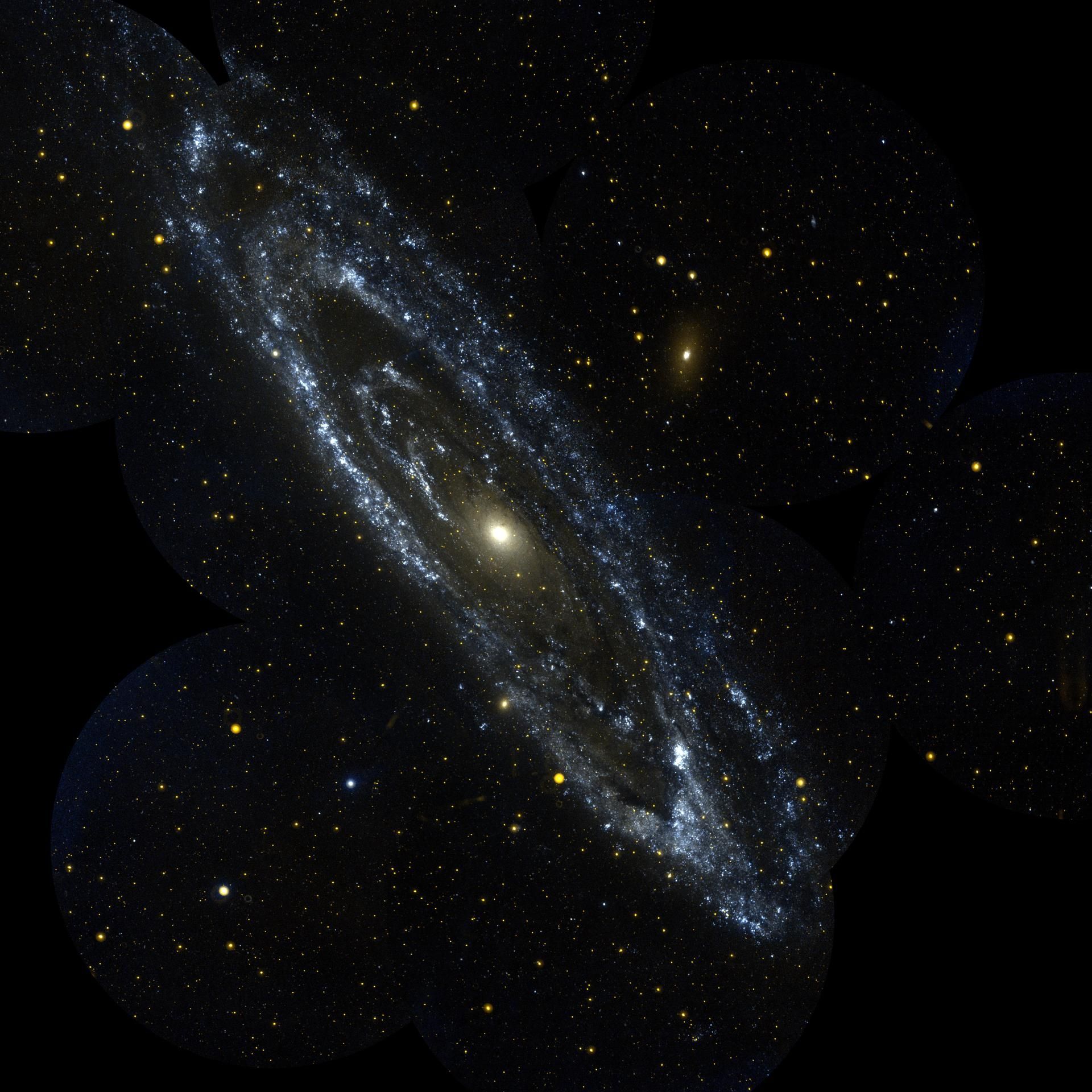
Andromeda in the UV.
The trick is to have a rough idea of where something is in the sky, then try to pay more attention to the sides of your vision. You’ll have a much easier time seeing dim objects this way.
The proper term for this is “Averted Vision,” and it has been used by astronomers for hundreds or thousands of years.
Wait For Objects to Reach Meridian
When an object is first rising in the night sky, its light must pass through more atmosphere to reach you. The thicker atmosphere scatters more light and introduces more turbulence, which is also why sunsets and sunrises tend to be yellow and gold—the blue light is scattered so intensely that it never reaches you.
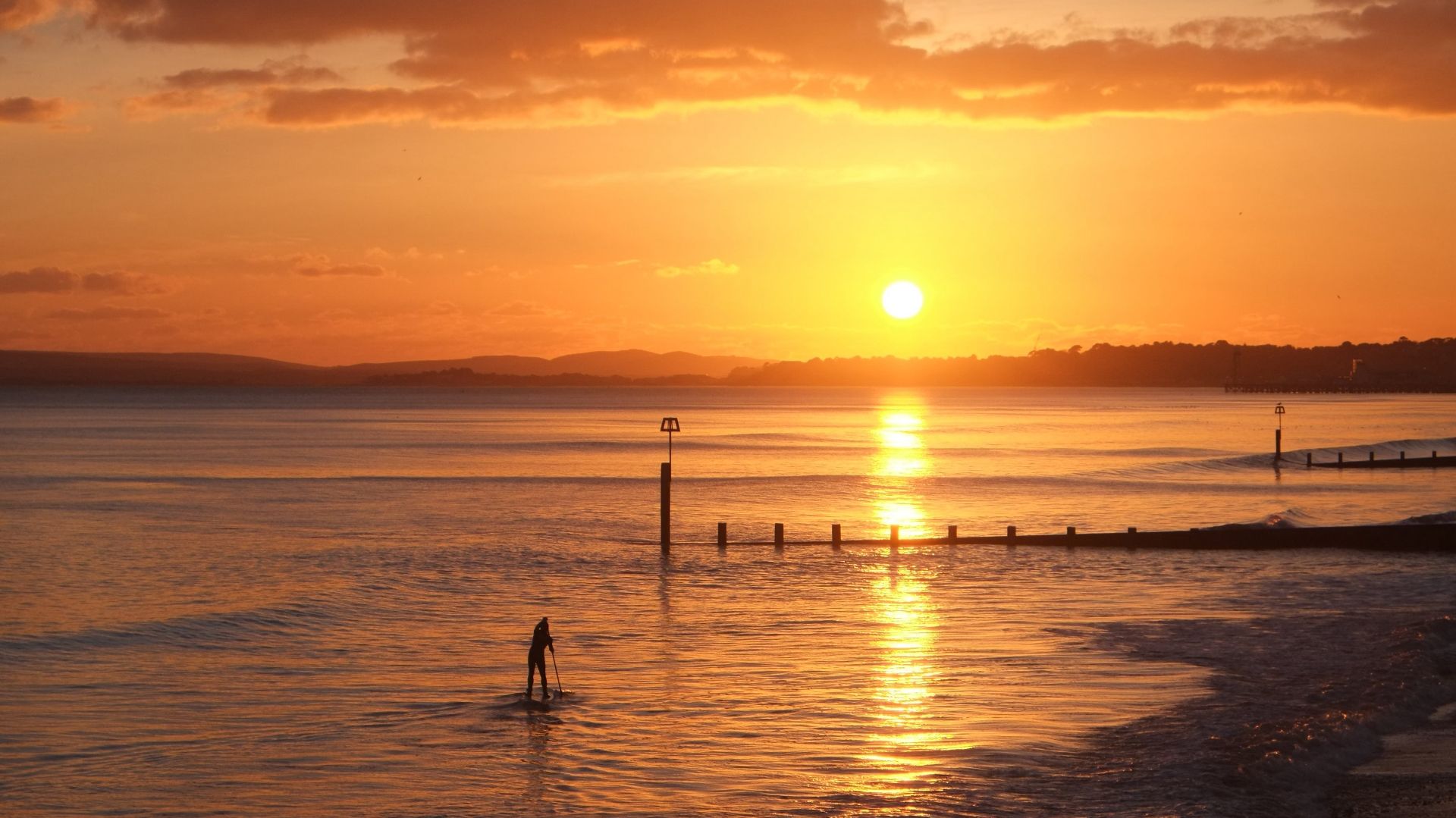
If you’re looking at a bright object like Venus that won’t matter much, but if you’re trying to spot something dim, like an open cluster such as the Pleiades, the extra turbulence and thicker atmosphere make viewing harder.
If you can, wait until an object is at meridian—its highest point in the sky—to get your best view.
The difference in turbulence is especially obvious if you’re using a telescope or binoculars. In some cases, you’ll actually be able to see the turbulence changing the appearance of whatever you’re looking at.
Bring Binoculars
Telescopes are a large investment, and most people don’t own one. However, binoculars are fairly common household items, and they’re more than enough to get a decent look at some objects in the sky.
I’d recommend starting with something like M44 (The Beehive Cluster), M31 (Andromeda), or M45 (The Pleiades). They’re all reasonably easy to see in decent viewing conditions, and they won’t disrupt your night vision.
If you’re more into planetary viewing, some binoculars will be able to reveal the phases of Venus (Venus has phases just like our Moon), some moons of Jupiter, and possibly the rings of Saturn.
n “”>
Of course, you can usually view the Moon. Just keep in mind that a full Moon is bright enough to disrupt your night vision. I’d recommend that you view the moon when it is in a crescent or gibbous phase anyway. The shadows tend to highlight craters in a way that makes it more interesting to look at.
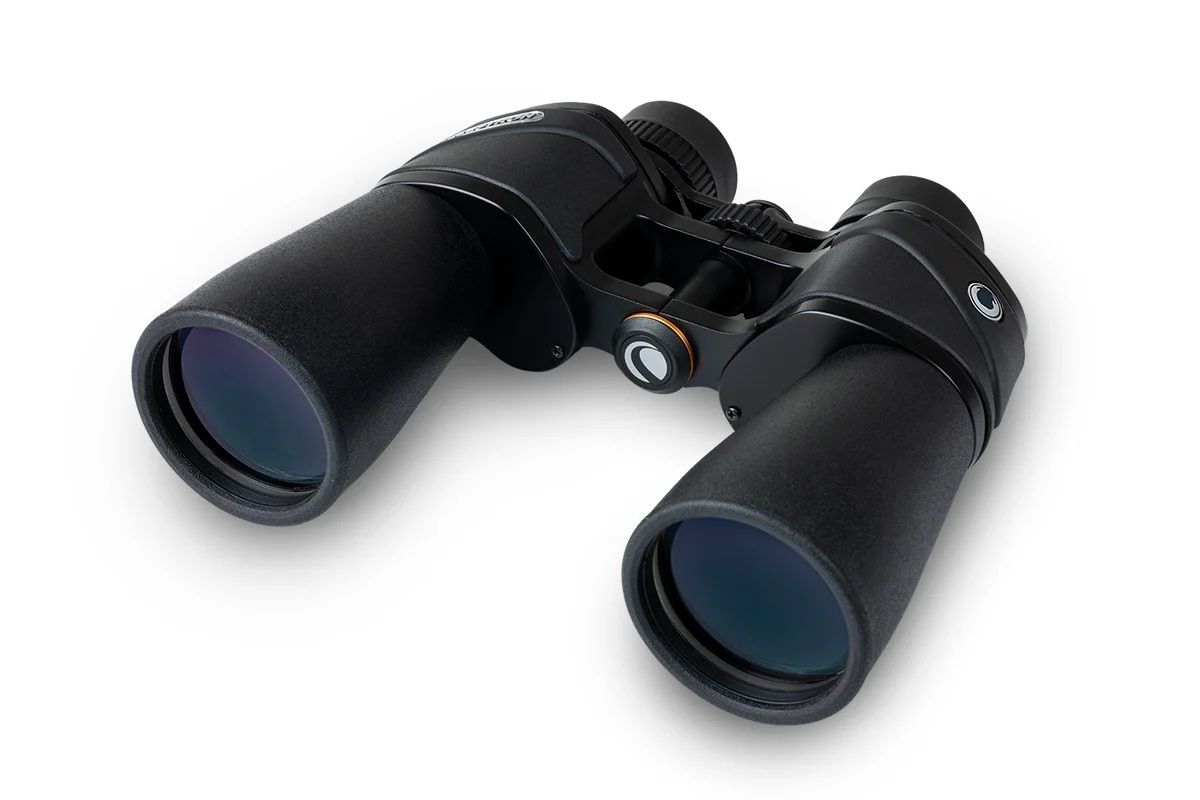
Celestron Ultima 10×50 Binoculars
And, as always, remember to dress for the weather. The clear skies that make for a great view of space also mean that Earth is losing more heat to space than when it is cloudy. Stargazing is great, but it isn’t something you want to do while you’re freezing.


